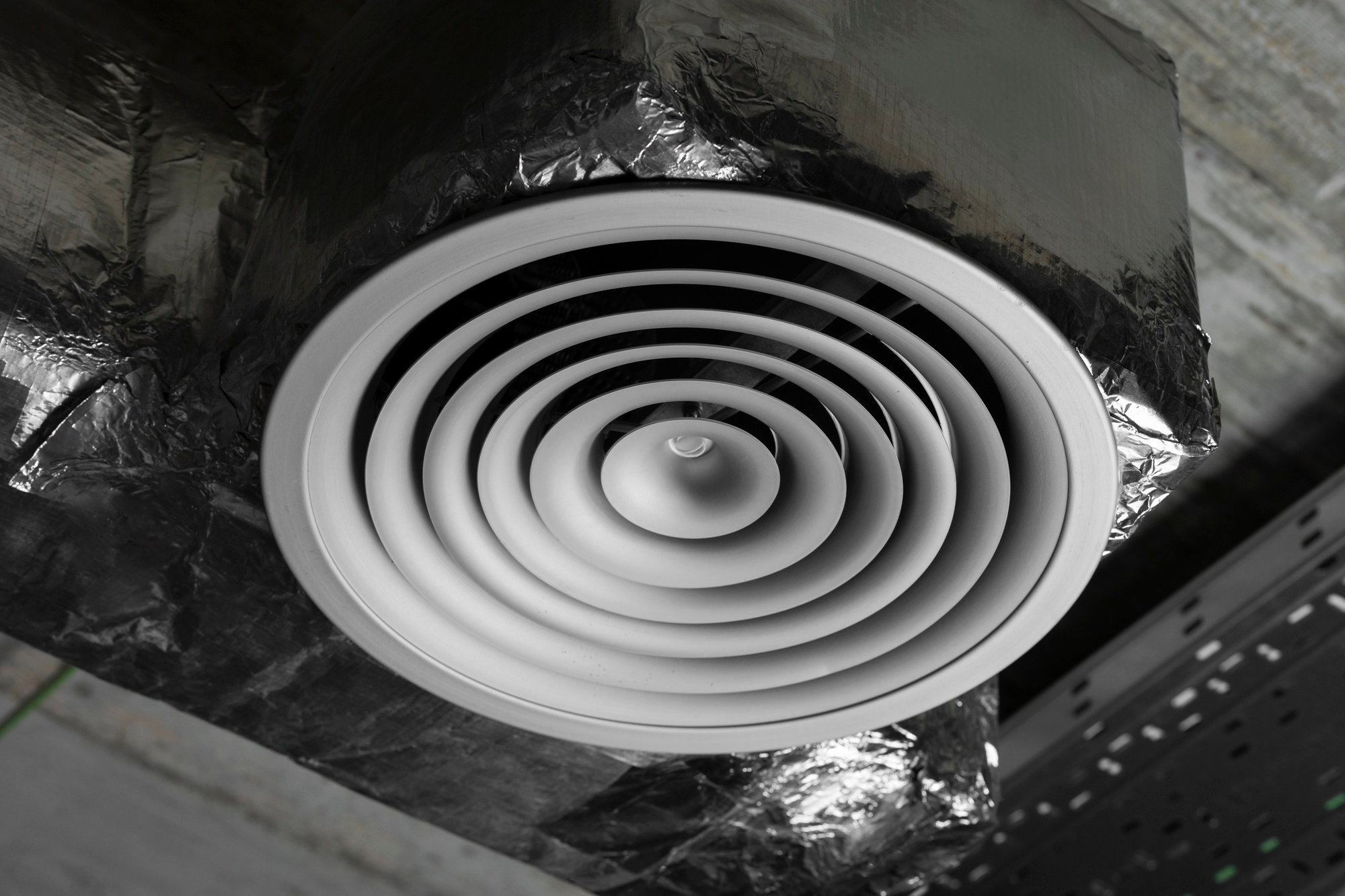Dust is commonly seen as the main contaminant in forced air ductwork. However, a more complex mixture of allergens and pathogens inhabit unducts beyond simple particulate matter. A professional cleaning reveals a whole host of additional contaminants that threaten indoor environmental quality and occupant health.
Firstly, mold spores proliferate in the dark, stagnant areas inside ducts where humidity levels remain high. Different mold species thrive depending on the climate and moisture present. All molds release toxins and spores that worsen respiratory issues. Some strains like black mold are even linked to cancer. Moreover, beyond causing symptoms alone, mold exposes the residents to mycotoxins which are fungal metabolic byproducts.
Secondly, ducts accumulate bacteria and viruses that pollute indoor air. Strains of strep, staph, and pneumonia cluster in duct nooks. Inhaling these infectious microbes risks occupant illness. Certain bacterial byproducts called the endotoxins are potent fevers aggravating symptoms in sensitive people too. Viruses like influenza, SARS-CoV-2, and RSV that cause colds and flus also fester within the duct cavities.
Thirdly, dead skin cells, pet dander, and human hair providing nutrients support microbial colonies’ growth. Animal fur carries a variety of allergens and zoonotic pathogens. Likewise, insects and their waste enter ducts seeking warm, humid refuges. Cockroaches leave allergenic droppings and can harbor disease. Over time, these biological materials layer inside duct walls becoming embedded the contaminant hotspots.
Additionally, ducts amass pollens, particulates, and the pollutants drawn inside from outdoors. Pesticides, combustion emissions, and other inhalable chemicals accumulate. Therefore, duct environments concentrate a toxic mix of allergens, microbes, and the chemicals threatening long-term respiratory and overall health.
In summary, beyond basic dust, a complex web of allergens, pathogens, and toxins from diverse sources inhabit untreated air ducts. The comprehensive cleaning with the advanced techniques eliminates these hidden dangers to indoor environmental quality.




No comment